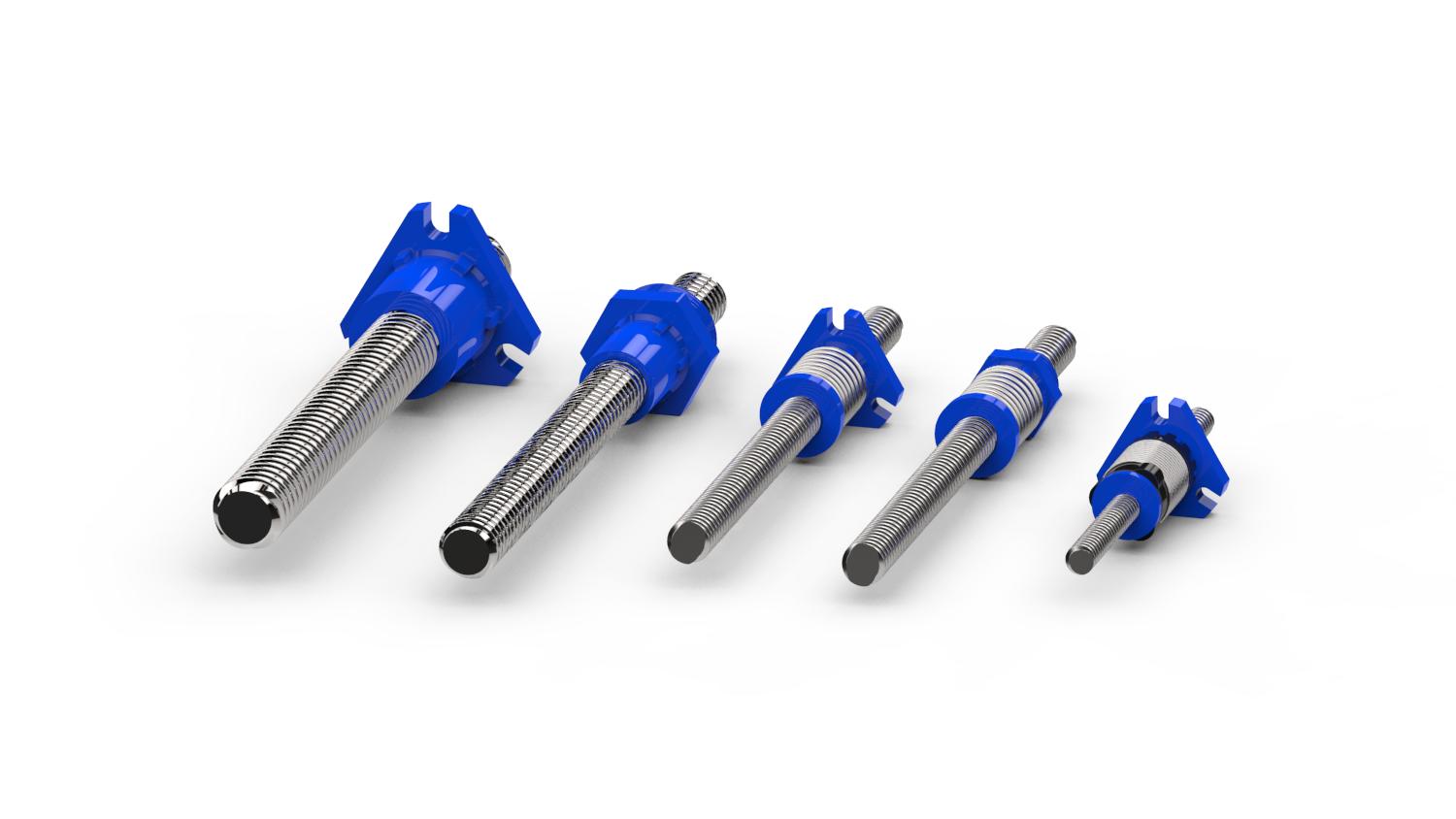How to Avoid Making the 5 Most Common Motion Control Mistakes

Given the range of motion control devices, systems, and assemblies available on the market—plus advances in the development of innovative MCSs and the greater demands for today's precision guidance and positioning applications. It's now more important than ever for design engineers to do their homework when configuring, sourcing, and purchasing a motion control system.
Without conducting the due diligence required to specify the right system for your linear motion application, it's easy to fall into one of the common pitfalls and end up with a system that either fails or doesn't perform as intended. By understanding the five most common mistakes and taking the steps necessary to avoid them, you should be able to optimize the performance of your system.
The Five Most Common Motion Control Mistakes:
- Misreading the linear motion requirements for your application
- Failing to take the capabilities of your controller into account
- Ignoring or understating external factors that impact performance
- Relying solely on a manufacturer's specifications when choosing components
- Basing your choice of components entirely on price
You can make sure that you don't make these common motion control mistakes by thoroughly evaluating the requirements of your application and matching it with the most suitable system. Here's how to avoid the top five missteps.
1. Know Your Motion Control Application Requirements
Educate yourself about the terms used in the specifications and familiarize yourself with the process of obtaining specifications from a potential supplier. Document the design parameters of your application—including load, force, direction, orientation, travel, speed, and cycle time—in a formal statement of work. Use this document as a guide for assessing linear motion system specifications and selecting components and assemblies.
2. Consider Your Controller's Capabilities
The detailed description you develop for your application should go beyond the mechanics involved and include considerations related to the electronic motors and controllers required to drive your linear motion system. These considerations, at a minimum, include specifying the right size motor to drive the linear stroke and frequently include communications with other devices, data acquisition and collection, and integration with automated systems.
3. Evaluate External Factors that Affect Performance
Look beyond the system itself and evaluate other operational factors that can impede performance, such as temperature, vibration, and the presence or absence of dirt or debris. Seemingly innocuous things in the operating environment—like lamps, windows, air ducts, and HVAC vents—can either raise or lower temperature, affecting positioning applications. How will the mounting specification contribute to or dampen vibration? Should you use a base plate, flat washers, or some other mounting mechanism? Do you need a cover to protect the system from falling debris or prevent contamination in cleanroom environments?
4. Don't Choose Linear Motion Components Solely on Manufacturer Specifications
Reading the "fine print" is prudent whenever you buy anything, but going beyond it is especially important when specifying and purchasing components. Don't simply accept a supplier's performance specifications at face value but ask how they were established. In the absence of universal test standards, you need to know how the products were designed and tested, how this might influence your application.
5. Don't Select Components Only on Price
In most cases, the product that costs the least will not provide the best performance. In addition to the cost of components, assess potential integration costs, including the need for custom programming, the availability of technical support, reliability, and anticipated service life. How will the complexity of the system, or lack thereof, affect usability and maintenance? By paying more for high precision, top-performing components, your system may be more cost-effective over time.
Ensuring Your Linear Motion System Performs at an Optimal Level
By doing the necessary upfront work to fully understand your linear motion application's design parameters and requirements, you can configure, source, and purchase a system that performs optimally and avoid common mistakes. It is also beneficial to work with a supplier with extensive linear motion experience and advanced manufacturing technology often required to customize a system to meet the needs of your application.
To learn more about how Helix Linear Technologies can help you design a system that will perform at the highest level, download a copy of this case study comparing lead screws and belt drives in a 3D printer application.


